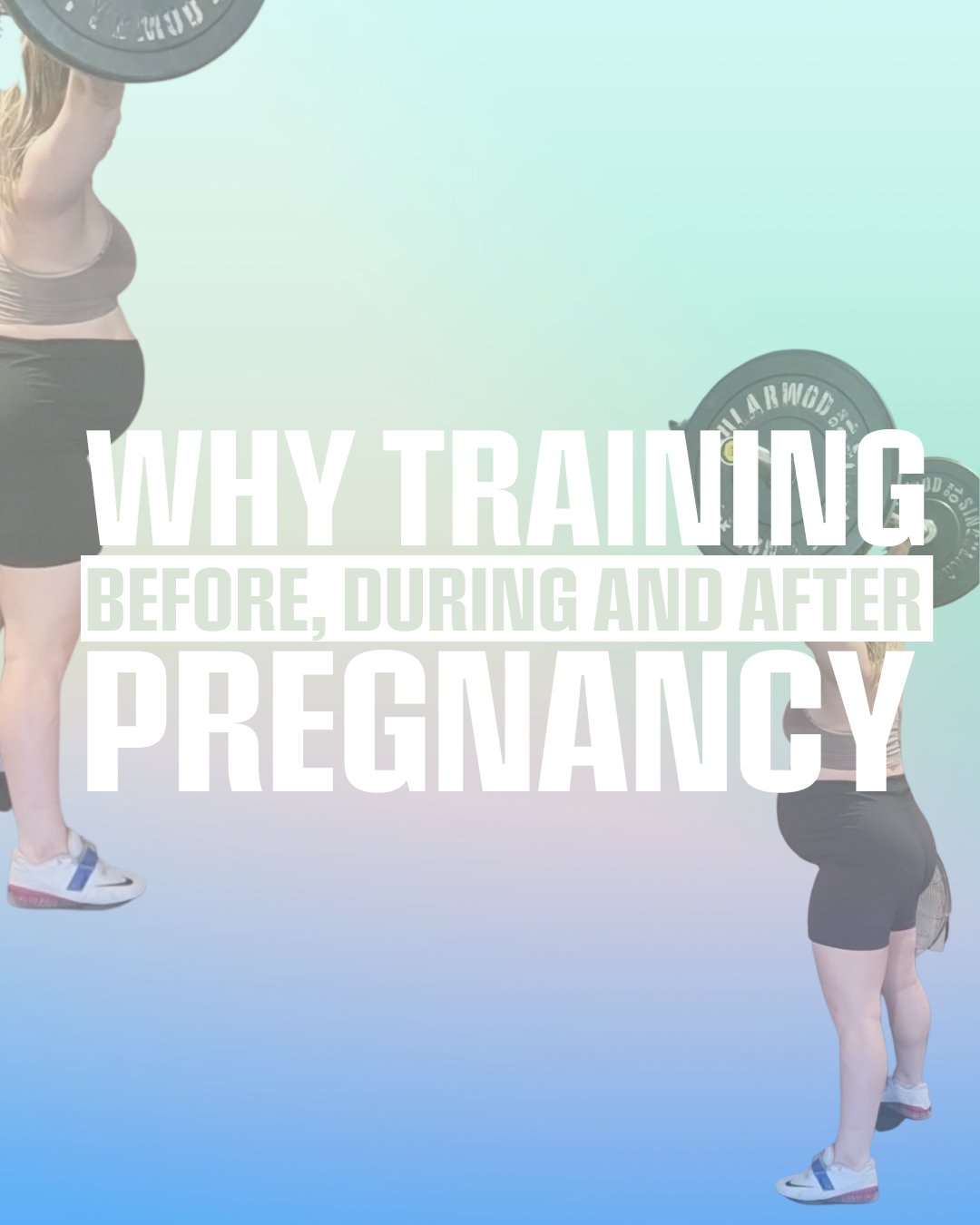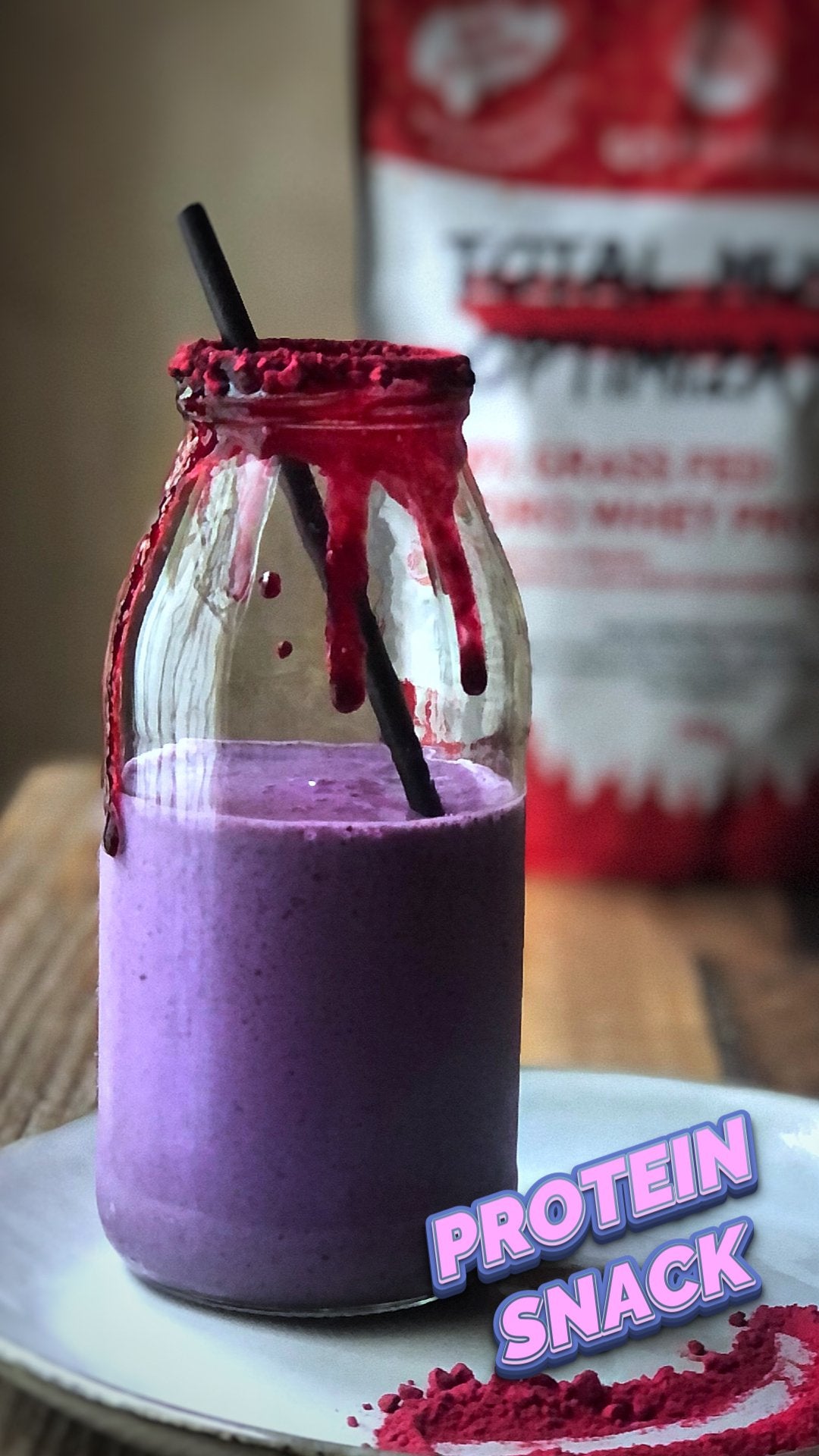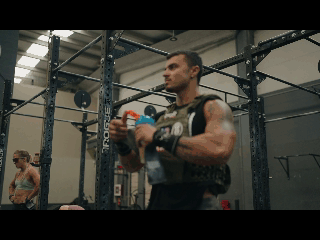
Physical Activity after giving birth - Focus on mobility
After giving birth your focus should be recovering mobility before you start pushing it.
When you go deeper into the changes your body goes through during the pre and post-pregnancy period, it becomes easier to understand why pregnancy is taken as a miracle. You not only give birth to a new life but also survive the plethora of extreme physical and mental challenges. Your body prepares itself to accommodate a new being, endure extra weight, and be ready to pull through the labor pains.
It seems natural, but when you dig deeper, you feel goosebumps. These changes are essential to carrying and delivering a healthy baby. However, once you give birth, these helpful changes in your body can become the reason for several complications if you are not careful about your health.
Let’s look at what happens to your body after giving birth and how to prevent postpartum complications.
What changes occur to your body after giving birth?
During pregnancy, your body transforms a lot while working extra hard to keep your baby safe and healthy. Once you give birth, another challenging phase of your life starts that you must combat carefully. You undergo several physical and emotional changes, such as weight gain, dry skin, hair loss, mood swings, fatigue, constipation, anxiety, irritability, and much more. (1)
Some of your hormones reach higher levels, and some will be at their lowest, leading to postpartum depression. Your vitamins and minerals are at their lowest, leading to daily shakiness and exhaustion. You might feel extreme constipation during the first week because of dehydration and the side effects of medications. Your muscles get longer, and bones weaken because of calcium loss.
Why is mobility preferred over weight loss?
While preparing your body for delivery, the thing that gets affected the most is how you move. All the daily activities, including walking, dressing up, showering, and bending, require you to move lightly and carefully while keeping your weight and constantly changing shape. Mobility will become easier after delivery, but you should not rush things and get back to your strenuous workout activities as soon as possible to lose weight and build muscles. It can lead to severe injuries that are likely to cause complications shortly.
That’s where light mobility of your muscles is preferred because your body is in the recovery phase. It is healing from all the wear and tear of pregnancy and requires time to get back to its normal condition. Therefore, you need to slow down things and take the proper time to align your focus on mobility until you are sure that your muscles have recovered and you are not moving subconsciously, putting your health at risk.
How do pregnancy hormones affect the flexibility of your body?
Several hormones kick in before and after you are done delivering the baby and make you feel overwhelmed and utterly confused at a time. Hormones like progesterone and relaxation work like a miracle for your body during pregnancy. They help to loosen your ligaments, relax muscles, and alleviate joint stiffness to make your body flexible enough to prepare for birth. (2)
On the other hand, it can also lead to pain, injury, and instability after pregnancy. If the strength is not increasing along with flexibility, it will lead to extreme instability. You are likely to get injuries very often if your muscles, ligaments, and joints are still loose and you did not develop the strength to overcome the loosening of tissues. To avoid such injuries, you need to put all of your focus on mobility and understand when to push and pull back carefully.
The urge to return to your pre-pregnancy size and workout routine gets tempting with time. However, you will need to understand the importance of being kind to your body and giving it the required time to heal properly. The changes and hormones will likely linger in your body for quite a while. Don’t push your body too hard initially, as it can lead to injury that will ultimately slow down the recovery process.
Progressive exercises for post pregnancy
Pregnancy affects your body's muscular system a lot, causing stretches and loosening marks on it. Here are some exercises to help you speed up the quality postpartum recovery process. (3)
Walking And Running
Postpartum women should adopt walking habits whether they had a vaginal or cesarean delivery. It assists your body in easing your mood and reduces the risk of blood clots. Develop a habit of walking at least 10 minutes a day and keep on increasing it to three 20-minute sessions per week.
Pelvic Floor Exercise
Kegel pelvic floor exercises and contracting the pelvic floor muscles help to improve the blood flow to your body and promote healing. It is recommended to perform such activities several times daily to alleviate postpartum anal and urinary incontinence.
Muscle Strengthening Exercises
Muscle strengthening exercises focus on muscles within the arms, hips, and legs. Several workouts such as yoga, swimming, light weight lifting, and pilates are supposed to be done at least two days a week to improve breathing. Furthermore, yoga works great in regaining your physical and mental strength, flexibility, and coordination of your brain with your muscles. It also reduces anxiety and improves pelvic floor rehabilitation. (4)
Safety Tips For Post-Pregnancy Workout
Here are the tips you need to follow to avoid injuries and complications.
- Don’t push your body too hard to work out for almost 4-8 weeks.
- Always keep in touch with a medical specialist to provide you guidance and help you whenever you need it.
- Avoid spinal flexion and over crunching
- Don’t lift heavy weights
- Avoid sit-ups
- Always consult your doctor


